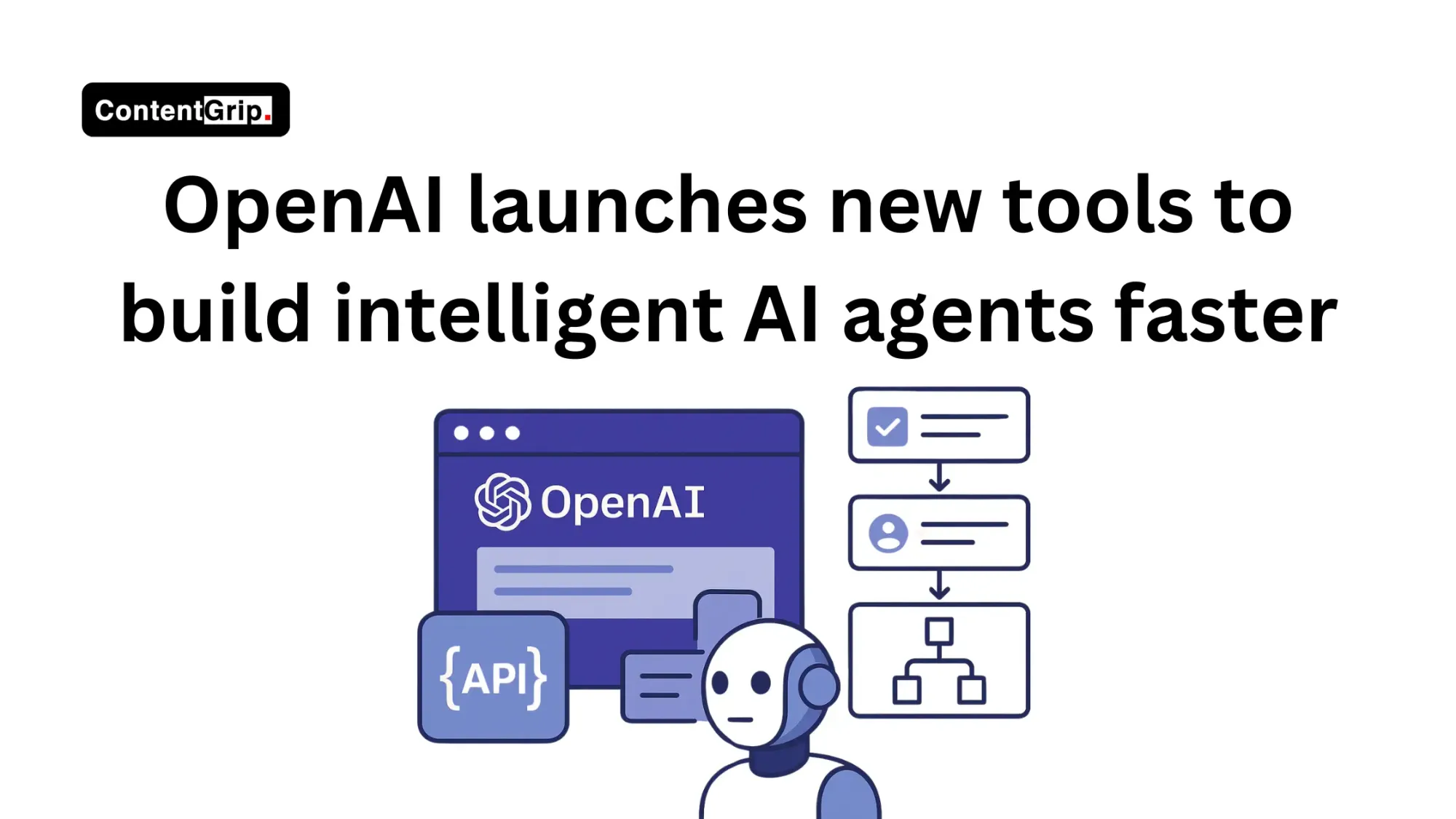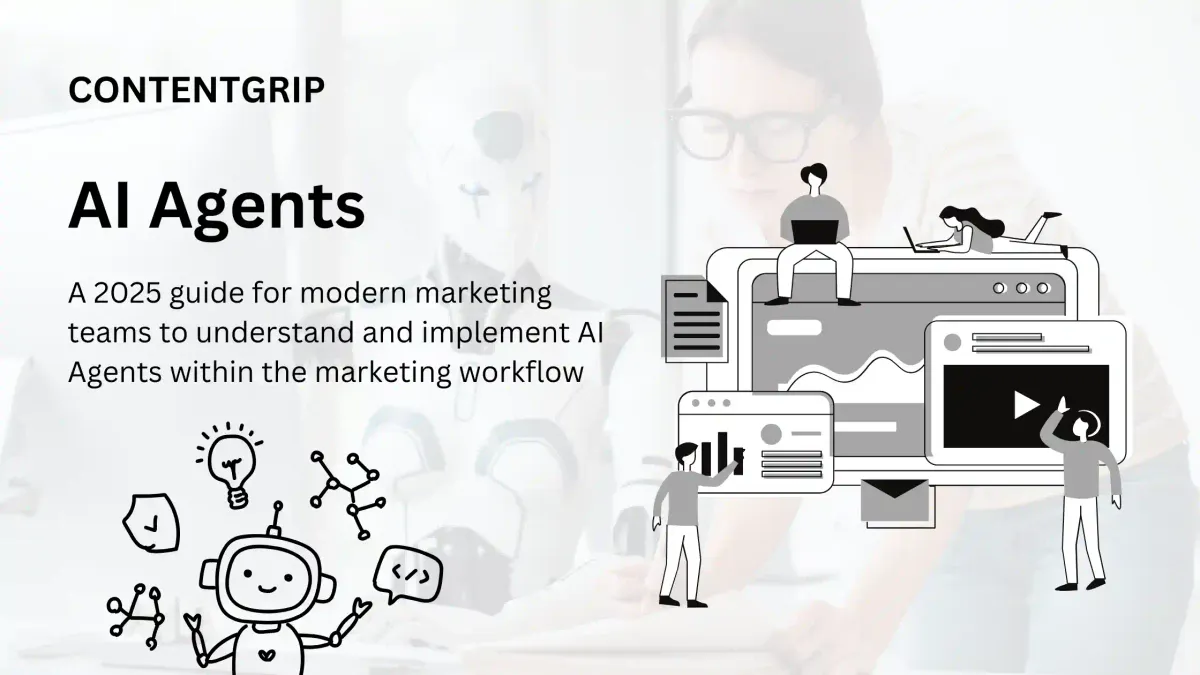OpenAI launches new tools to build intelligent AI agents faster
From Responses API to agent orchestration, OpenAI’s new tools aim to make agent-building smarter and faster.

Building useful AI agents is no longer a fringe R&D experiment—it’s becoming a critical productivity lever for brands and businesses. Last month, OpenAI introduced a suite of tools designed to streamline how developers and enterprises build agents that act independently on users’ behalf.
These updates include the new Responses API, a built-in Agents SDK, and access to integrated tools like web search, file search, and computer use.
Together, they form the first full-stack toolkit OpenAI has offered for agentic applications—reducing the need for complex orchestration logic and making these agents more accessible for real-world tasks.
For marketers and B2B technologists looking to scale customer support, research workflows, or internal automation, this drop opens the door to agent-powered experiences that previously required patchwork infrastructure.
Short on time?
Here’s a table of contents for quick access:
- What is the Responses API and why it matters
- Built-in tools that connect agents to the real world
- How the Agents SDK simplifies orchestration
- What marketers and developers should do now

What is the Responses API and why it matters
The Responses API merges the conversational ease of the Chat Completions API with the tool-using smarts of the Assistants API. With a single API call, developers can now build agents that use tools like search or file querying to complete complex tasks across multiple turns.
Unlike its predecessors, the Responses API is designed for flexibility and observability. It supports streaming responses, simplified data access (response.output_text), and agent traceability to help teams debug and optimize.
In simple terms: the Responses API makes it way easier to build smart AI agents that can talk, search the web, read files, and do stuff for you—all in one place, without needing to stitch a bunch of tools together.
Built-in tools that connect agents to the real world
The launch includes three core tools:
- Web Search
Enables agents to return timely, cited results from the open web—useful for research agents, shopping assistants, or dynamic content generation.
- File Search
Supports multi-format document retrieval with custom metadata filtering and reranking. Enterprise users can spin up high-performing retrieval pipelines with little tuning.
- Computer Use (CUA)
A research preview that lets agents simulate keyboard and mouse actions to automate browser workflows or navigate systems without APIs. It’s early days—OpenAI cautions about reliability—but it unlocks potential for automation where integrations don’t exist.
These tools push agents beyond chatbots. They give developers hooks into real-world data, files, and interfaces—turning LLMs into task-solving systems.
How the Agents SDK simplifies orchestration
The new open-source Agents SDK introduces orchestration primitives like handoffs between agents, guardrails for safety, and built-in observability.
This SDK allows developers to prototype and deploy complex multi-agent flows in hours, not weeks. For example, Coinbase used it to create agents that interact with crypto wallets. Box leveraged it for enterprise search that respects user permissions and combines Box data with web insights.
Importantly, the SDK is model-agnostic, meaning it can run on GPT-4o or other models offering Chat Completions-style APIs.
In plain terms: the Agents SDK is like a toolkit that helps developers easily build and manage teams of AI agents that work together safely—no matter which AI model they use.
What marketers and developers should do now
These new agent tools aren’t just for AI startups—they signal a shift toward embedded intelligence in every app and workflow.
Here’s how marketers and product leaders can start preparing:
- Audit workflows for agent opportunities.
Where do your teams rely on manual research, repetitive data tasks, or FAQs? Start small—file search and web search can automate many of these without user interface changes.
- Test use cases in sandbox environments.
OpenAI's Playground lets teams prototype with Responses API and built-in tools. No production code required.
- Plan for ethical and observable AI use.
Tracing and guardrails help you comply with internal and external policies. Be transparent with stakeholders and build trust by showing how your agents work.
- Collaborate across marketing and dev teams.
Agents live at the intersection of data, UX, and business logic. Successful projects will require cross-functional input from day one.
OpenAI is betting that agent-first development will become the norm. Brands that experiment early stand to gain speed and scale in everything from content generation to enterprise automation.




